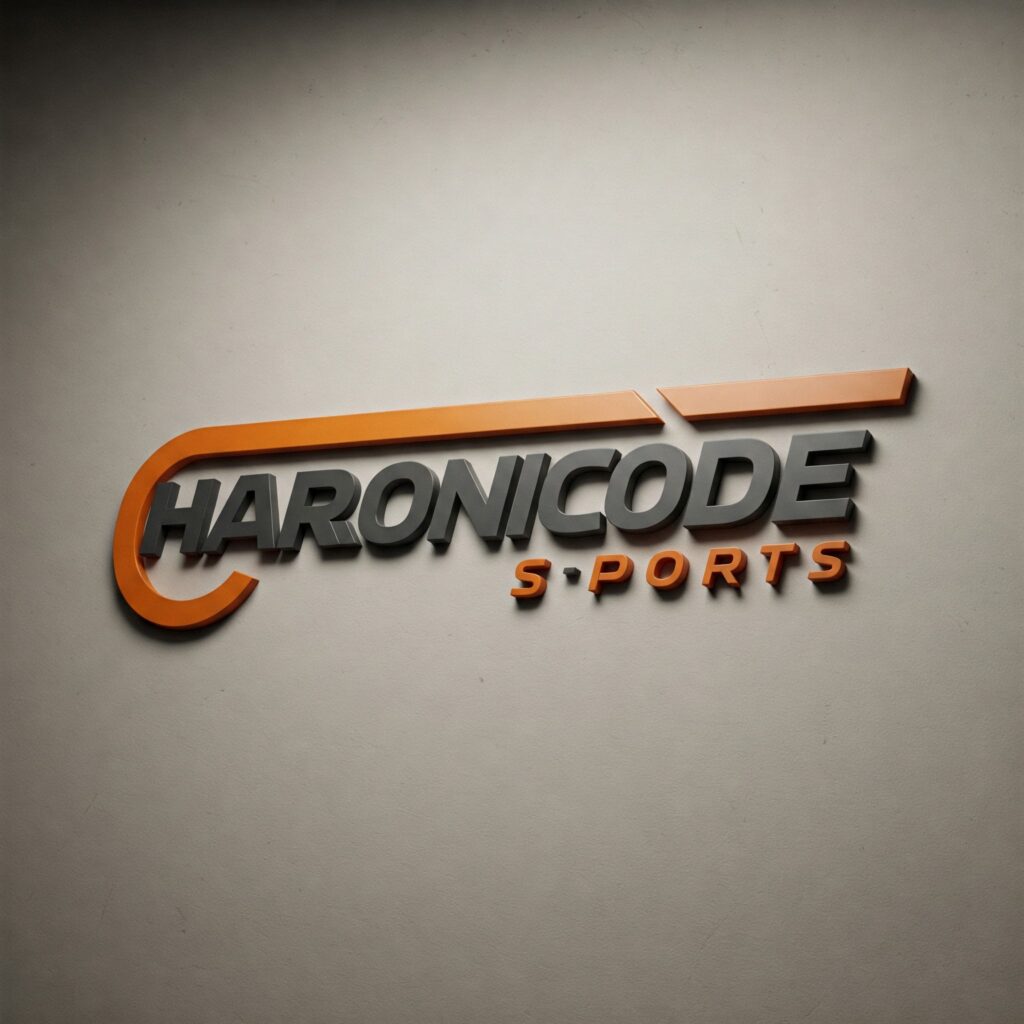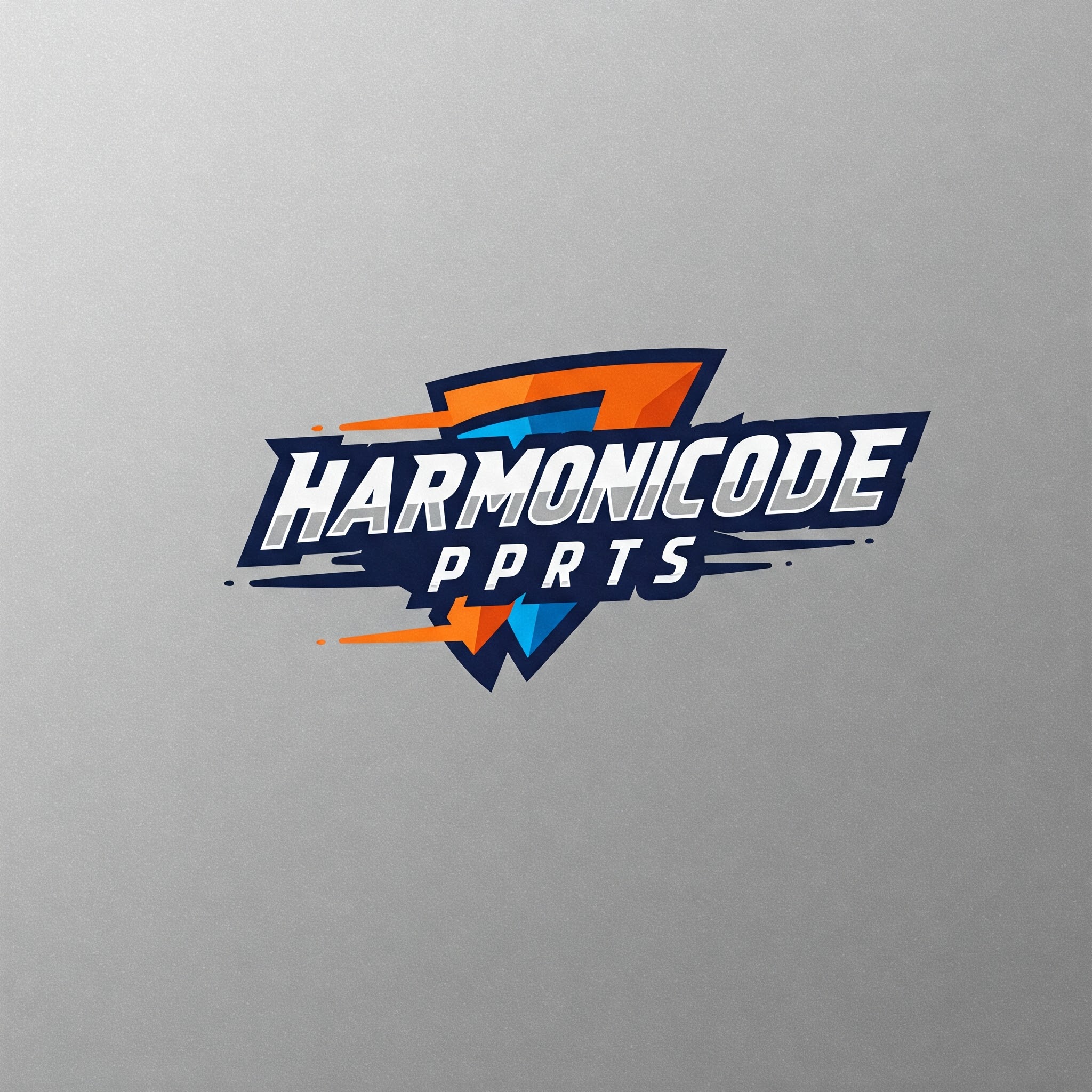Introduction
In the ever-evolving landscape of digital sports, one emerging hybrid genre stands out: Harmonicode Sports. This innovative fusion of technology, rhythm, and athletic movement is turning heads in the esports, fitness, and gaming communities alike. At its core, Harmonicode Sports combines physical activity with rhythm-based interaction, powered by smart technology and often influenced by musical patterns. This groundbreaking concept takes inspiration from the dynamic appeal of rhythm games, the immersive experience of virtual reality, and the physical engagement of sports, creating an entirely new form of competition and expression.
Harmonicode Sports isn’t just another fleeting trend; it represents a paradigm shift in how we perceive play, performance, and physical wellness. With the rise of gamified fitness and VR-enhanced workouts, Harmonicode Sports fits perfectly into a culture increasingly defined by the blending of entertainment and health. Whether you’re a tech enthusiast, a competitive gamer, or someone who loves to dance to a beat, Harmonicode Sports offers an inclusive, energizing, and futuristic way to move and connect.
What is Harmonicode Sports?
Harmonicode Sports is a multidisciplinary phenomenon that merges the elements of harmony (music), code (technology), and sports (movement) into a cohesive and immersive experience. Unlike traditional sports or standard rhythm games, this genre encourages participants to engage with music-based patterns while incorporating full-body movement. This might involve dodging, dancing, striking, or syncing physical actions to beats and sequences generated by a digital interface. The result is a gameplay experience that is not only challenging and fun but also physically demanding and intellectually stimulating.
The concept originated from the confluence of rhythm-based games like Dance Dance Revolution and Beat Saber, combined with the growing interest in fitness gaming and motion capture technology. Over time, developers began experimenting with ways to make these experiences more competitive, immersive, and physically engaging. Thus, Harmonicode Sports was born—offering participants a way to interact with music and technology through athleticism.
What sets Harmonicode Sports apart is its inherent flexibility. It can be performed solo, in team-based competitions, or even through online multiplayer arenas. It blurs the boundaries between gaming, exercise, and performance art, creating an innovative niche that attracts a diverse range of enthusiasts. From professional dancers to amateur gamers, the accessibility and variety of Harmonicode Sports make it a truly universal experience.
The Technology Behind Harmonicode Sports
The magic of Harmonicode Sports lies in its technological ecosystem. Central to the experience are devices such as VR headsets, motion-sensing cameras, wearable fitness trackers, and smart instruments that translate movement into digital interaction. These gadgets are often synced with software that interprets musical patterns and guides the player through physical challenges aligned with beats and rhythms. The synergy between hardware and software is what makes the gameplay so immersive and dynamic.
One of the core elements enabling Harmonicode Sports is real-time motion capture. Through systems like Microsoft Kinect, Meta Quest, or specialized motion suits, every jump, kick, and twist can be tracked and translated into game actions. Additionally, artificial intelligence is used to generate adaptive challenges based on the player’s performance level, ensuring a tailored experience that grows with the individual.
Coding frameworks also play a pivotal role. Developers use music-based coding environments to design patterns and movements that align with tempo, melody, and rhythm. Open-source platforms allow creators to build and share unique harmonicode experiences, fostering innovation and community growth. The convergence of AI, audio engineering, and kinesthetic design makes Harmonicode Sports one of the most technologically sophisticated forms of modern digital play.
Physical and Cognitive Benefits

Beyond its entertainment value, Harmonicode Sports boasts a range of physical and mental health benefits. Unlike sedentary gaming, it demands full-body engagement. Movements such as jumping, squatting, turning, and reaching elevate the heart rate, strengthen muscles, and improve balance and coordination. Over time, players experience the same cardiovascular and musculoskeletal benefits as those gained from more traditional forms of aerobic exercise.
Cognitively, Harmonicode Sports sharpens mental agility. Players must process visual cues, anticipate rhythmic patterns, and respond in real-time—all while staying physically active. This dual challenge stimulates brain regions associated with memory, attention, and motor control. It’s especially effective for improving reaction times, multitasking skills, and even mood regulation, thanks to the endorphin release triggered by music and movement.
Moreover, Harmonicode Sports is being explored in therapeutic and rehabilitative contexts. Its ability to gamify movement and offer positive feedback loops makes it ideal for physical therapy, neurological recovery, and stress relief. Institutions are beginning to adopt harmonicode principles in healthcare settings to promote holistic wellness, particularly among children, seniors, and patients recovering from physical trauma.
Harmonicode Sports as Competitive Entertainment
As Harmonicode Sports gains momentum, it is rapidly evolving into a full-fledged competitive spectacle. Like traditional esports, tournaments are being organized both online and in-person, drawing in players from around the world. These competitions often combine the energy of live musical performances with the intensity of athletic choreography, making them visually stunning and highly engaging for audiences.
The competitive scene incorporates formats inspired by dance-offs, rhythm game leaderboards, and martial arts scoring systems. Judges or algorithms score players based on timing, accuracy, fluidity, and creative interpretation. Leaderboards are frequently updated in real-time, and streaming platforms like Twitch and YouTube Gaming are helping to build a community around harmonicode events.
Some of the most exciting developments involve augmented reality overlays that enhance spectator engagement. Fans can view a player’s stats, rhythm synchronization, and biomechanical data as they perform. This gamification of performance art creates a new kind of spectacle that sits at the intersection of sport, concert, and interactive media. The future may even see the emergence of professional Harmonicode athletes and league-sponsored teams.
Community and Culture
The rise of Harmonicode Sports has fostered a vibrant community of creators, players, and fans. Its inclusive nature makes it appealing across age groups, cultures, and skill levels. Whether through social media challenges, online tournaments, or virtual meetups, participants share routines, compete for high scores, and collaborate on new harmonicode formats.
Platforms like Discord, Reddit, and TikTok have become hubs for community interaction. Creators often release custom tracks and movement routines, allowing others to remix, duet, or build upon them. This participatory culture has contributed to the rapid evolution of Harmonicode Sports and the cultivation of a global movement.
Culturally, Harmonicode Sports embraces diversity. Because it is built on music and motion, it offers a universal language of play. Developers and players alike incorporate different musical genres, dance traditions, and athletic styles into the game, reflecting global creativity. This cultural blend fosters understanding, inclusion, and appreciation among players worldwide.
Challenges and Opportunities
Despite its promise, Harmonicode Sports faces a few challenges. Accessibility remains a barrier, especially due to the cost of VR equipment and motion-tracking devices. Not all users have the space or resources to participate fully. Moreover, technical glitches or software limitations can sometimes hinder the experience.
However, the opportunities are vast. As hardware becomes more affordable and mobile-friendly, participation is likely to expand. Schools and fitness centers are beginning to explore Harmonicode Sports as a tool for education and wellness. The genre’s versatility also opens doors for integration with smart homes, digital concerts, and even workplace wellness programs.
With continued development, we can expect improved accessibility features, more refined gameplay mechanics, and deeper integration with social and competitive ecosystems. Harmonicode Sports is still in its early stages, but its potential to redefine sport, performance, and interactivity is undeniable.
Conclusion
Harmonicode Sports is more than a novelty—it’s a movement that challenges traditional notions of play, fitness, and expression. By seamlessly blending technology, rhythm, and physicality, it introduces a new dimension to interactive entertainment and athletic performance. As the line between digital and physical continues to blur, Harmonicode Sports may well be the blueprint for future sports.
Whether you’re a gamer, a musician, a dancer, or a techie, there’s space for you in the world of Harmonicode Sports. It’s accessible, exciting, and rich with possibilities. As the community grows and technology evolves, we’re likely to see this genre become a cornerstone of both recreational and competitive activity worldwide.
FAQs About Harmonicode Sports
Q1: Is Harmonicode Sports considered a real sport or just a tech-based game?
Harmonicode Sports bridges both worlds—it has the physical intensity of sports and the interactivity of tech-based games, making it a legitimate sport for the digital age.
Q2: What kind of equipment do I need to get started?
A VR headset, motion trackers, and access to a harmonicode platform or app are ideal. Some versions can be played with just a smartphone and wearable sensors.
Q3: Are there any beginner-friendly platforms for trying harmonicode sports?
Yes, several platforms offer beginner modes, tutorials, and adjustable difficulty to ease new players into the rhythm and movement system.
Q4: Can Harmonicode Sports be played solo, or is it mainly competitive?
Both! You can enjoy solo workouts and routines or join competitive tournaments with real-time scoring and multiplayer modes.
Q5: What are some popular examples of Harmonicode Sports in action?
Games like “AudioTrip,” “Beat Saber,” and custom rhythm-based VR workouts showcase elements of Harmonicode Sports in various forms.
Q6: Is it suitable for children or seniors?
Absolutely—with proper difficulty settings and supervision, Harmonicode Sports can be tailored to all age groups.
Q7: Where can I find local or online communities to join?
Discord servers, Reddit threads, and Facebook groups focused on rhythm games and VR fitness often feature Harmonicode communities.
Q8: How does it compare to virtual reality fitness or rhythm games like Beat Saber?
Harmonicode Sports includes elements from both but adds a competitive and athletic twist, emphasizing performance and physical engagement alongside rhythm and music.









